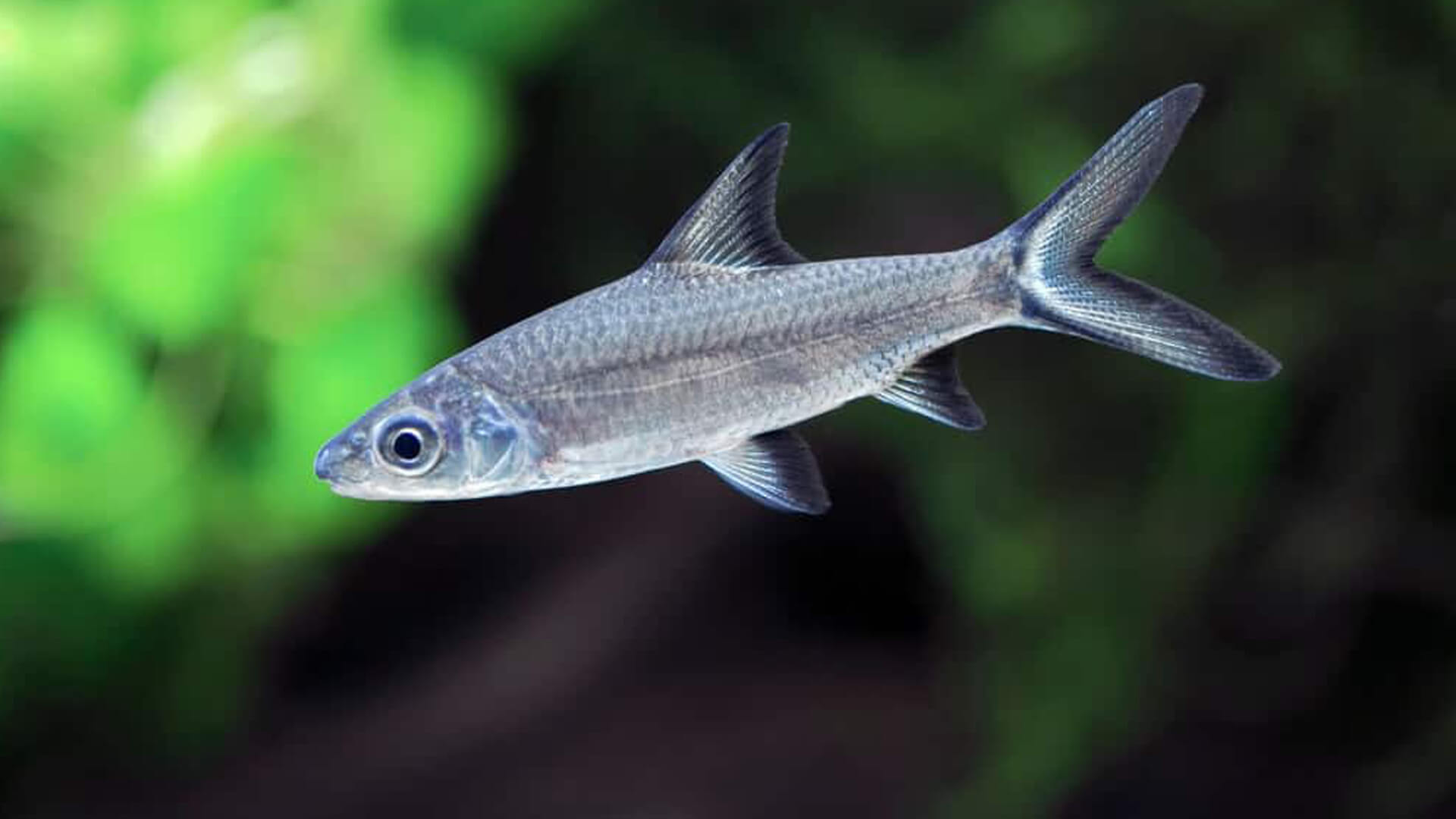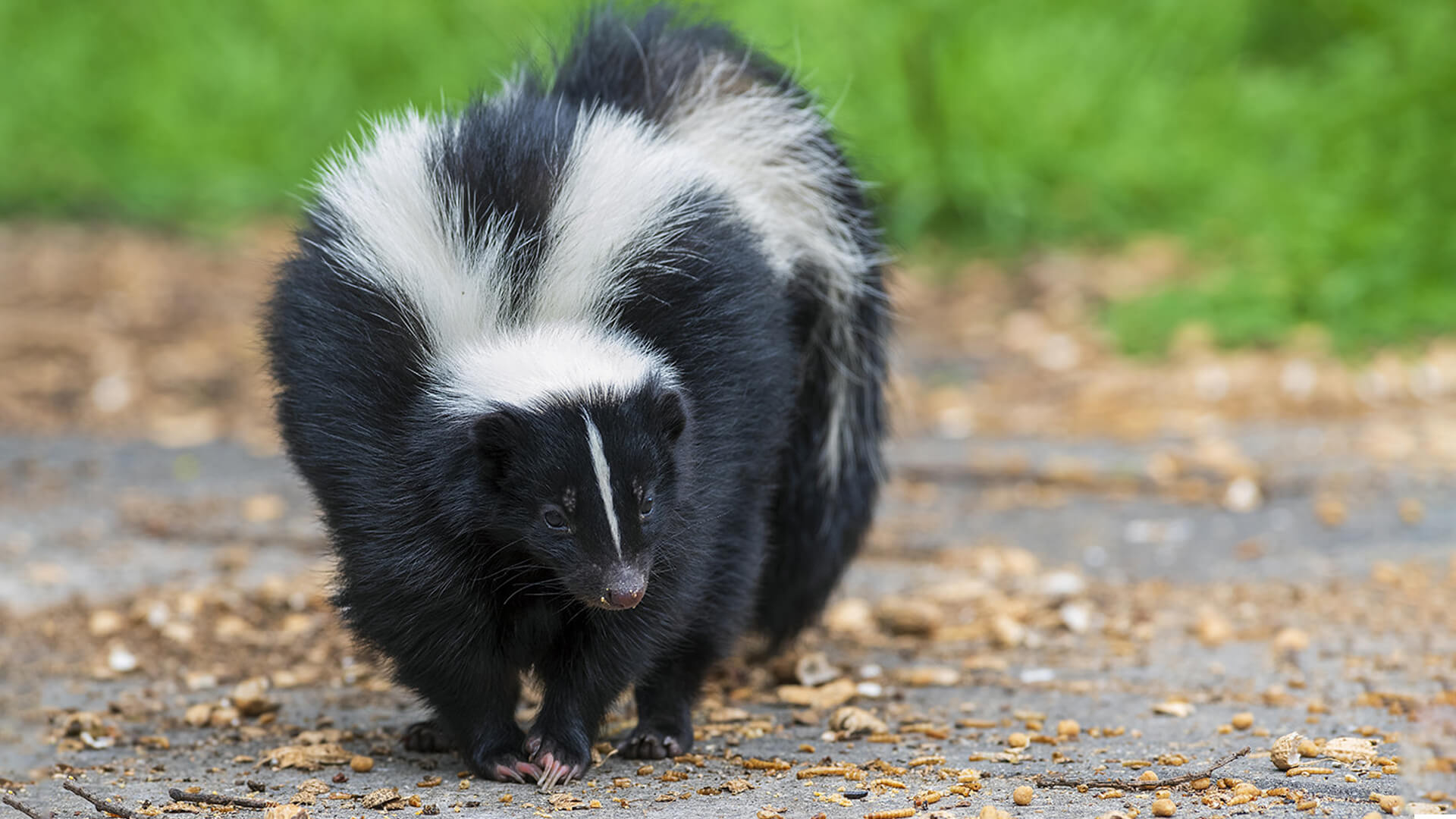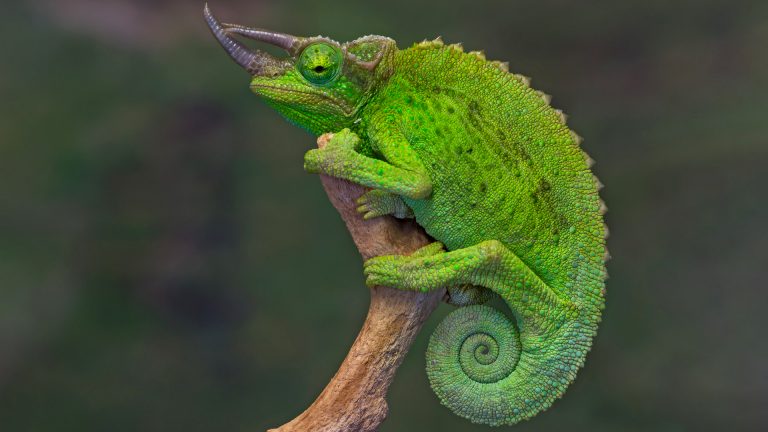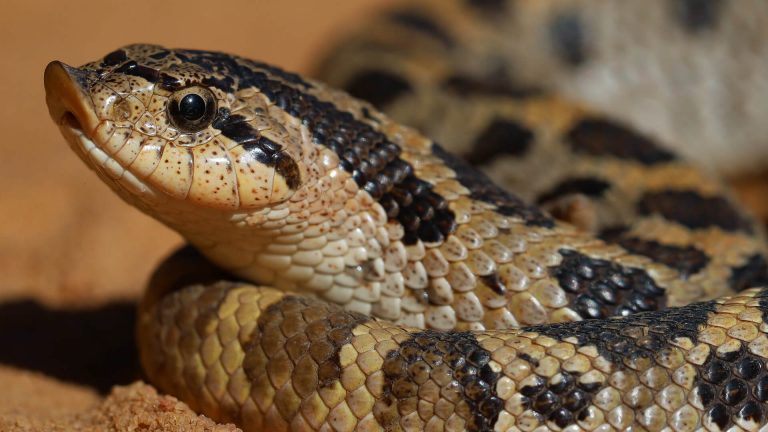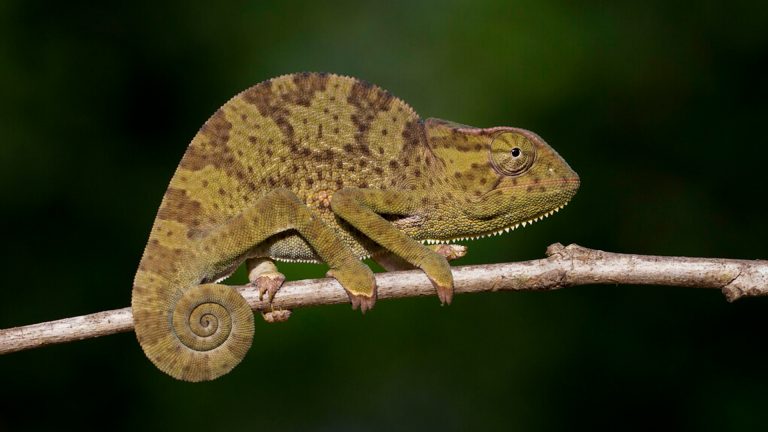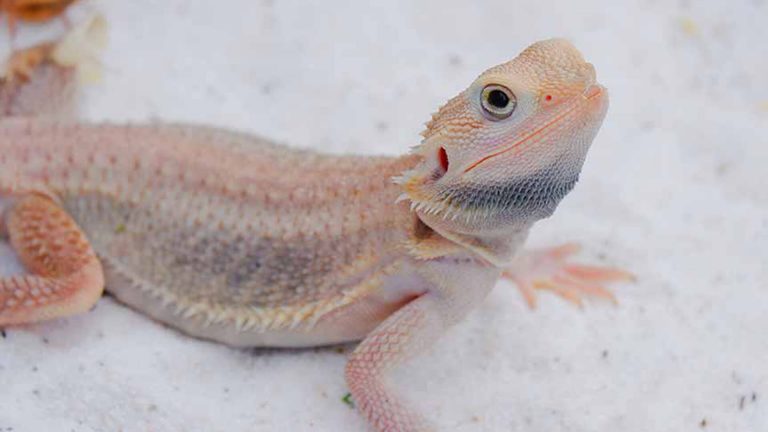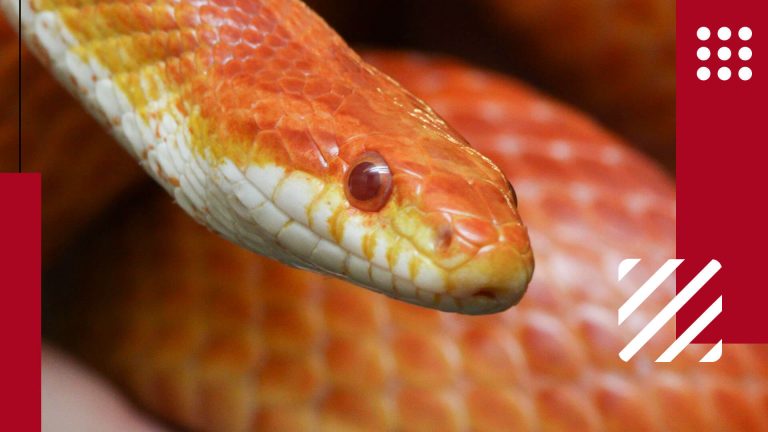Zebra knee tarantula is a popular choice among the tarantula-lovers. With their peaceful and easy-going nature, they make perfect pets. Their eye-catching appearance is another factor that would make anyone fall for it. The zebra tarantula has a beautiful black body with dark red hair. It has white or creamish longitudinal stripes on its legs, which give it the name ‘zebra knee tarantula’ or ‘striped-knee tarantula’. They are low-maintenance creatures but due to their sensitive nature, it is recommended that the owner should have some prior experience.
The striped-knee tarantulas are more active at night. Hence, it is better to interact or feed them during those hours. Also, they like to remain a bit isolated. So, it wouldn’t be the most satisfactory pet for someone who likes to interact more with their pets. However, like any other creature, they have their share of pros and cons. In any scenario, possessing a pet requires one to take care of them as well. The same goes for the zebra tarantula. It’s not very complicated though. This article is sufficient to provide all the necessary guidance the zebra tarantula owners would need.
Distinctive Features of Zebra Knee Tarantula
| Scientific Name | Aphonopelma seemanni |
| Lifespan | Up to 20 years (females), 3-6 years (males) |
| Color | Dark brown to black with distinctive white stripes on legs |
| Size | Females: 5-6 inches (legspan), Males: 4-5 inches (legspan) |
| Health Risk | Low |
| Enclosure Size | Minimum 10-gallon tank |
| Temperature | 75-85°F (24-29°C) |
| Humidity | 50-70% |
| Feeding | Insects and small invertebrates |
| Handling | Generally not recommended |
| Unique Trait | Striped legs and docile temperament |
| Famous For | Its striking appearance and ease of care |
| Maintenance | Low |
| Adaptability | Moderate |
| Behavior | Not recommended for young children |
| Personality | Generally calm and docile |
| Social | Solitary |
Besides a beautiful appearance, zebra knee tarantulas have other features that define them and make them interesting. These spiders are quick to adapt to new living conditions and don’t create an unnecessary fuss. If the temperature is not bearable for them, they simply hide inside their burrows to protect their bodies from unwanted heat or cold. Even when the temperature is suitable, it is not very unusual for them to stay inside for long durations.
This one trait makes it unsuitable for the owners who like their pets to be interactive. Sometimes, it’s difficult even to catch a glimpse of the spider. However, there’s no need to worry! They come out from time to time. Zebra tarantulas are not usually aggressive but they can get scared. It is urged to socialize them enough so that they don’t get startled at the sight of a human. Also, the owners should make sure not to keep two tarantulas together. They would look at each other more as food than as a friend.
Some other basic features of these striped-knee creatures have been enlisted below.
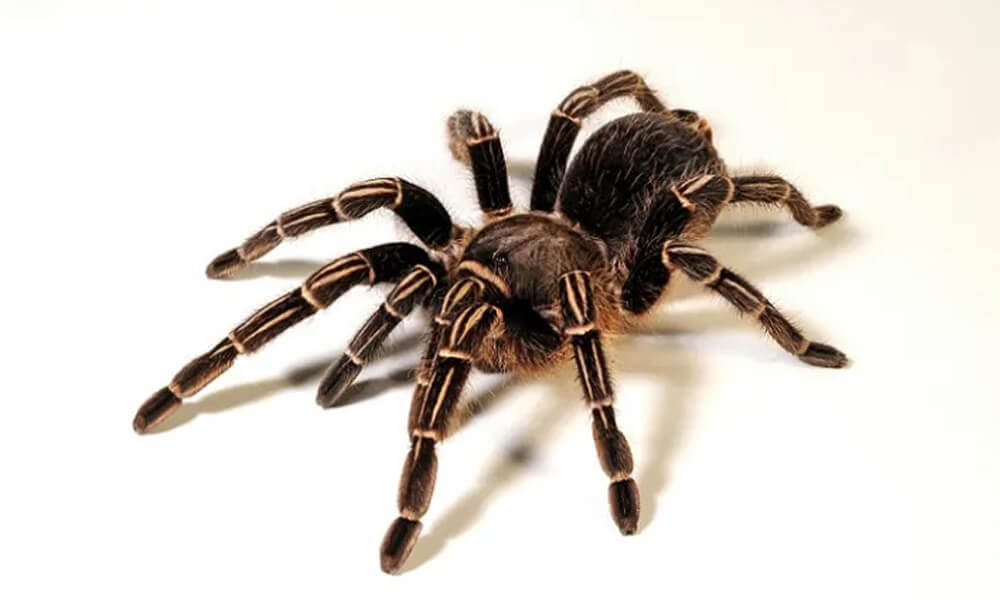
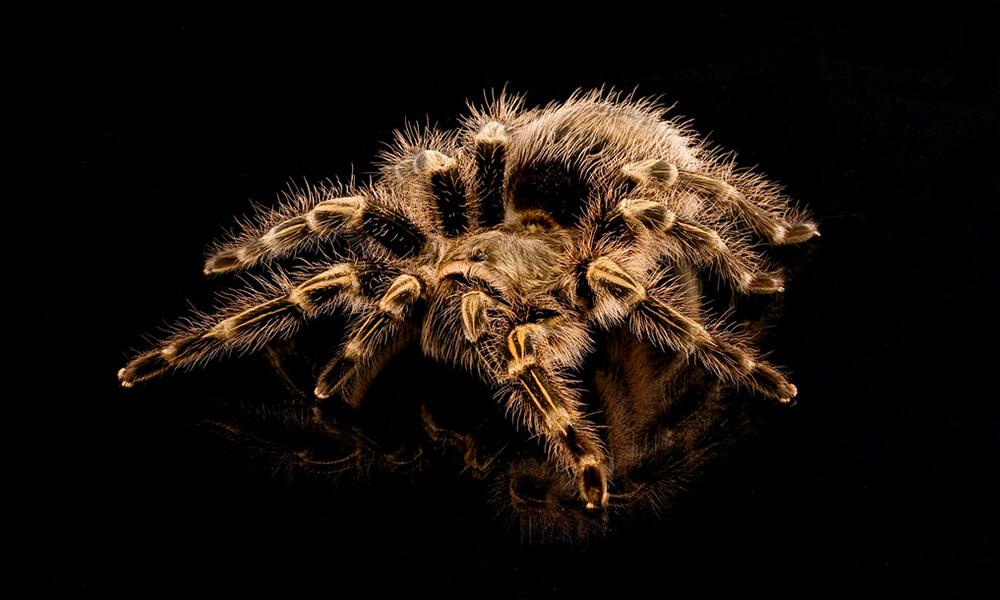
How to Take Care of Pet Zebra Knee Tarantula?
Zebra knee tarantulas are one of the most popular choices for spider-enthusiasts as they are relatively easier to keep as a pet. A little knowledge and experience are enough to keep them happy and healthy. One thing to know about zebra tarantula is that they are really quick and possess great speed. Additionally, they love climbing and won’t mind going outside the tank. For this reason, it is suggested to keep the tank tightly enclosed, giving them no opening to escape. Because once they do, it is going to be a long run and chase for their owner. Better safe than sorry! Well, nobody here can help to catch the tarantula but reading further can help with some other things for sure.
How to Setup a Tank for Pet Zebra Knee Tarantula?
Zebra tarantula doesn’t require a large space. The recommended tank size should be somewhere between 5 to 10 gallons. As for the width, it’s suggested to keep it at least thrice the length of the leg span of the spider. The owners can keep the zebra knee tarantula in either a terrestrial setup or a burrowing setup. Of the two, the latter is highly preferred. The tank should be filled with the substrate at the bottom so that the spider can easily dig in tunnels and hide. The substrate should be made up of soil, vermiculite, peat moss, and coco fiber. It needs to be ensured that the soil is free of any chemicals or pesticides. The thickness of the substrate should be 4-6 inches.
Temperature and humidity are a couple of other aspects that one needs to consider. Zebra tarantulas would prefer their habitat to stay between the range of 70-85 degrees Fahrenheit. On the other side, the humidity should be around 65-80%. To maintain the humidity, the substrate should be kept a little damp. However, it should not be overdone as well. In both cases, whether the environment becomes too dry or it becomes too wet, it can end up killing the zebra tarantula. Hence, it should always be kept in the desired range. Some other additions like artificial plants and hollowed-out logs would help keep the tarantula happy.
What to Feed Pet Zebra Knee Tarantula?
Similar to other tarantulas, zebra tarantula is carnivores and prefers feeding on living prey. They can be served with hornworms, mealworms, grasshoppers, beetles, live crickets, and so on. In their natural habitat, they hunt and enjoy their meal. So, the owners can drop their food in their tank or near the entrance of their burrow. They are always quick to snatch and munch on their food. However, it is important to note that they shouldn’t be provided with an insect that is bigger in size. If it’s difficult for the pet spider to overpower their prey, their prey should be killed and broken into pieces beforehand.
Zebra tarantula should be fed once or twice a week. The owners should keep an eye on the appetite of their dear pet. Never bring them meals directly from the wild or from a pesticide sprayed area; it can be poisonous and may affect the spider’s health. Also, if they don’t eat the entire food provided to them, the uneaten part should be removed from the tank. If it stays there for a long duration, it can create an unhygienic and unhealthy environment. A bowl of non-chlorinated fresh water should be kept in the tank at all times. It would also contribute to the humidity and keep the zebra tarantula hydrated.
Health Concerns of Zebra Tarantula
Zebra tarantula can survive in robust conditions and is tough. It’s not very common for them to succumb to an illness. However, they are still living beings and have things they are sensitive to. Here are a few concerns and their resolutions that will go a long way in keeping your pet healthy and safe.
The prime concern for a zebra knee tarantula is injury. The owners should make sure to prevent their pet spiders from falling, even from a short distance. It can even lead to the death of the spider.
Dehydration is yet another thing that needs to be prevented. Zebra tarantulas find it difficult to survive in a dehydrated environment. Hence, it is important to maintain the humidity levels at all times and provide them with sufficient water and food.
Special attention should be given to the pet spider during their molting period. Similar to other tarantulas, the zebra knee renews its exterior shell every few months. They are super-sensitive during this phase. Hence, until they regenerate properly, they shouldn’t be touched or fed anything.
(Note: The owner can recognize the beginning of the molting period by observing changes in appetite. Also, the spider can be seen lying down on its back with its leg in the air.)
What People Are Reading:
Frequently Asked Questions About Pet Zebra Knee Tarantula
Some of the generally asked questions about Zebra Knee Tarantula are answered below:
Can you hold a Zebra Knee Tarantula ?
Zebra knee tarantulas are sensitive and can get injured if you try to pick them up forcefully. They should be handled gently.
Are striped knee tarantulas aggressive?
Striped knee tarantulas are usually peaceful. Unless they are provoked or made to feel threatened, they won’t show any aggressive behavior.
How big do Zebra Knee Tarantulas get?
They can grow up to 5-6 inches including diagonal leg span. The males tend to be slightly shorter than their female counterparts.
How painful is a tarantula bite?
A tarantula bite will pain similar to a bee-sting. Also, the bitten area may turn warm and red. It can be dangerous for people who are allergic to tarantula venom.

